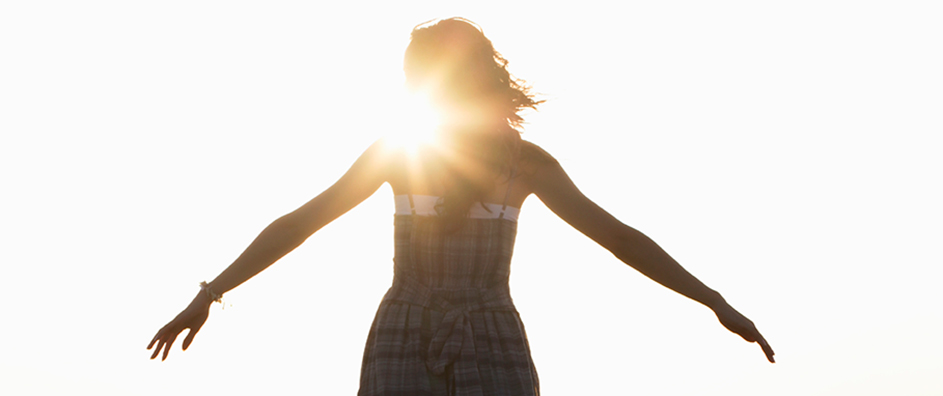In the realm of intellectual discourse, few figures resonate as profoundly as Lisa Ortuno, a beacon of amalgamation between science and religion within the Bahá’í community. The legacy she bequeaths us invites reflection—not merely on her contributions but also on the inherent complexities and dichotomies that science and religion often present. How can one balance the empirical rigor of science with the spiritual insights provided by religious teachings? This question serves as both a point of departure and a potential challenge as we navigate the intricate landscape Ortuno so passionately defended.
In her advocacy, Ortuno emphasized the imperative of reconciling these two perspectives, underscoring that science and religion are not diametrically opposed but rather complement each other in the pursuit of truth. Her work illuminated how scientific inquiry can coexist within a framework informed by spiritual understanding, thereby encouraging a synthesis that is foundational to the Bahá’í faith. This duality reflects the Bahá’í principle of the harmony of science and religion, a tenet that asserts both are essential instruments for the advancement of society.
To begin unpacking the teachings that Ortuno advocated for, one must first consider the historical tension between science and religion. For centuries, these domains have been perceived as mutually exclusive, with countless conflicts marking their intersection. However, Ortuno recognized that such dichotomization is a false construct, one that diminishes the rich opportunities for dialogue and understanding between these fields. By embracing the notion that both domains seek truth, albeit through different methodologies, Ortuno carved a pathway towards a more holistic understanding of human existence and the universe.
At the core of Ortuno’s vision is the Bahá’í belief in the oneness of humanity and the interconnectedness of all knowledge. This perspective demands that adherents actively engage with scientific inquiry while simultaneously nurturing their spiritual lives. Her approach urged Bahá’ís to pursue scientific endeavors without relinquishing their spiritual identities, fostering a cognitive dissonance that can lead to profound personal and communal growth.
The implications of this teaching are vast. Educators within the Bahá’í community are encouraged to cultivate a curriculum that embraces both scientific methodologies and spiritual teachings, thereby nurturing a generation equipped to tackle the multifarious challenges of modernity. Imagine the possibilities of a world where students are trained to think critically about scientific phenomena while concurrently considering the moral implications of their discoveries. Ortuno’s legacy inspires this vision—a synthesis of reason and faith that empowers new generations of thinkers.
Yet, as we delve deeper into Ortuno’s contributions, a salient challenge emerges—how do we foster an environment where dialogue between science and religion flourishes amidst the prevalent skepticism in contemporary society? This is not merely a philosophical challenge; it is also a societal imperative. The evolution of scientific understanding often contradicts established religious narratives, leading to skepticism and conflict among various communities. Ortuno’s approach, which champions dialogue over discord, offers a pathway to reconciliation. Her commitment to open discourse provides a framework for addressing the questions that arise in the minds of believers and skeptics alike.
Within this framework lies the Bahá’í principle of consultation, which places significant emphasis on collective decision-making and the thoughtful exchange of ideas. Ortuno believed that by engaging in sincere consultation, communities could arrive at truths that encompass both scientific and spiritual dimensions. This methodology serves as a critical tool in an era where polarized opinions dominate discourse, providing a space for respectful dialogue that can transcend misunderstandings and foster unity.
Furthermore, we must consider the role of personal experiences in shaping one’s understanding of science and religion. Ortuno’s advocacy extended beyond theoretical discussions; she believed in the power of lived experience to bridge the gaps between these two fields. Personal testimonies of scientific exploration within a spiritual context can illuminate paths for others, demonstrating that it is possible to embody both roles—a seeker of truth driven by inquiry and a believer nourished by faith.
Ultimately, Lisa Ortuno’s impact extends beyond her immediate contributions; it encourages a contemplative examination of how science and religion can inform one another. It posits a framework where conflict is not merely avoided but transformed into opportunities for deeper understanding and collaboration. The challenge lies in the commitment to a continuous dialogue that dismantles misconceptions, inviting both scientists and theologians to engage in mutual respect.
As we reflect on the legacy of Lisa Ortuno, we are called to action not just in remembrance but in embodiment of her teachings. Her perspective invites us to embrace a future where science and religion coexist, harmonizing to render a holistic understanding of the human experience. The path she carved is one of possibility, urging believers to navigate the complexities of existence with courage, reason, and faith. In remembering Ortuno, we reaffirm our commitment to fostering an environment that respects diverse insights, bridging the worlds of faith and knowledge in a diligent quest for truth.
